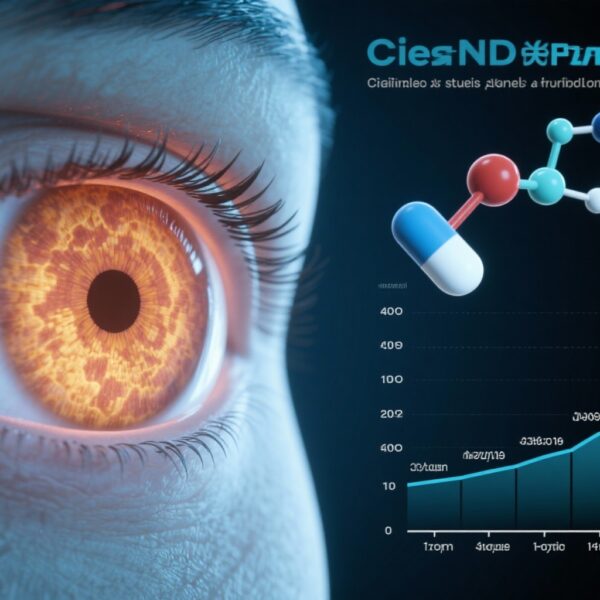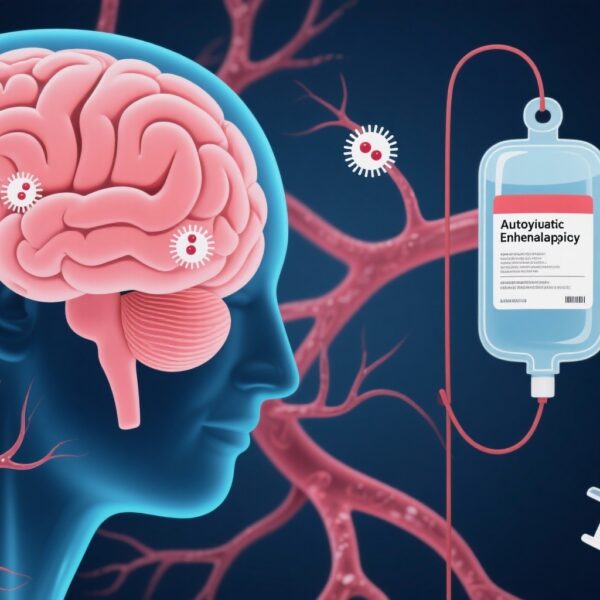Highlight
The Basophil Activation Test (BAT) demonstrated superior accuracy in predicting allergic responses to baked and fresh cow’s milk during oral food challenges (OFC) in children. BAT showed higher diagnostic performance compared with skin prick testing (SPT) and specific IgE (sIgE) measurement, potentially reducing the number of oral food challenges required to diagnose milk allergy. This could improve safety and quality of life for affected children.
Study Background
Cow’s milk allergy (CMA) remains the most prevalent food allergy in children, and it carries a risk of severe allergic reactions, including anaphylaxis. Given its ubiquity in diets worldwide, accurate diagnosis is essential yet challenging. Oral food challenges (OFCs) represent the gold standard for diagnosis but carry risks and require careful monitoring. Baked milk (BM) products—where milk proteins are heated extensively—are often tolerated by children allergic to fresh milk (FM), and introducing BM into the diet is associated with improved prognosis, nutritional status, and quality of life. Identifying children who can safely consume BM or FM without reaction is critical for personalized management.
Study Design
The BAT 2 Milk study (clinicaltrials.gov ID: NCT03309488) was a prospective diagnostic accuracy study designed in accordance with STARD guidelines. It enrolled 150 children with suspected cow’s milk allergy. All participants underwent an oral food challenge with baked milk. Children tolerating BM subsequently underwent an OFC with fresh milk. The diagnostic utility of three tests—Basophil Activation Test (BAT), Skin Prick Test (SPT), and serum specific IgE (sIgE)—was evaluated against OFC outcomes as the reference standard. The study aimed to establish sensitivity, specificity, and predictive accuracy of these tests, particularly assessing their ability to minimize the need for OFCs while maintaining diagnostic certainty.
Key Findings and Results
The study population comprised 150 children in whom 85% tolerated baked milk, and 56% tolerated fresh milk during OFCs. BAT outperformed SPT and sIgE across assessments:
- BAT showed an area under the receiver operating characteristic curve (AUC) of 0.90 for baked milk allergy prediction, compared with 0.79 for sIgE and 0.70 for SPT.
- For fresh milk allergy prediction, BAT had an AUC of 0.81, higher than sIgE (0.74) and comparable to SPT (0.78).
Applying cutoffs with 100% sensitivity and specificity tailored patient selection for OFCs and reduced unnecessary challenges:
| Test | % Children Requiring OFC | % Positive OFC |
|---|---|---|
| SPT to baked milk | 99% | 13% |
| sIgE to boiled milk | 82% | 17% |
| BAT to baked milk | 49% | 24% |
In children younger than 2 years, BAT further distinguished itself, with only 27% requiring OFCs after BAT to baked milk—versus 100% and 81% for SPT and sIgE, respectively—maintaining 100% diagnostic accuracy. This marked reduction in OFC need can ameliorate the burden and risks associated with food challenge procedures in this vulnerable age group.
Overall, BAT reliably identified children who would react during OFC to both baked and fresh milk, promoting safer and targeted clinical decision-making.
Expert Commentary
The BAT measures in vitro basophil activation after allergen exposure, reflecting cellular hypersensitivity more directly than conventional IgE quantifications or skin testing. This biological proximity to the underlying allergic mechanism plausibly accounts for its higher predictive accuracy. Reducing the number of oral food challenges required is clinically significant, given the potential for systemic reactions during these tests. Nevertheless, widespread implementation of BAT may be limited by the need for specialized laboratory equipment and trained personnel.
Experts emphasize that integrating BAT into clinical algorithms can personalize management of cow’s milk allergy, allowing clinicians to safely expand diets and reduce anxiety. However, validation in broader, more heterogeneous populations and cost-effectiveness studies are needed before routine clinical implementation.
Conclusion
The BAT emerges as a superior, highly accurate diagnostic tool for predicting allergic reactions to baked and fresh cow’s milk in children undergoing oral food challenges. By reliably identifying children who require challenge testing, it can minimize unnecessary OFCs, thereby improving the safety and efficiency of allergy diagnosis and management. This approach holds promise to enhance quality of life and nutritional outcomes for children with milk allergy. Future studies should focus on pragmatic integration of BAT in clinical care pathways and evaluation in varied patient cohorts.
Funding and Trial Registration
This study was registered at clinicaltrials.gov (NCT03309488). Further details on funding were not provided in the source publication.
References
Bartha I, Boyd H, Foong RX, et al. The Basophil Activation Test Is the Most Accurate Test in Predicting Allergic Reactions to Baked and Fresh Cow’s Milk During Oral Food Challenges. Allergy. 2025 Oct;80(10):2861-2873. doi: 10.1111/all.16675. Epub 2025 Aug 13. PMID: 40808324; PMCID: PMC12486342.



